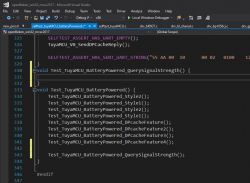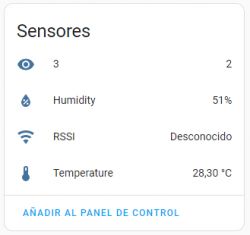morgan_flint wrote: I finally could repair my scope yesterday, so I'll take a new look at the communication between U3 and U8.
Hello to all, after some time inactive, but I had been doing several experiments and suddenly the device stopped working... After reflashing OBK a couple of times with no success, I reflashed the original FW and all seems back to normal. I'll reflash OBK later again and see what happens.
Regarding communication between U3 and U8, my initial guess (pins 4 and 5 of U3 connected to pins 10 and 8 of U8 respectively being serial or I2C) proved incorrect. U3_5-U8_8 apparently never changed (always high) and U3_4-U8_10 was normally high and went low for about 20 mS repeating this every 2 seconds approximately. Of course, this didn't seem enough to program the (according to my guess) RTC from the MCU, so I decided to take a look at the pad labeled "Light_Signal" and, bingo! it looked like a serial communication.
The following images show U8 pin 10 (yellow trace) and Light_Signal (green one). As you can see, the yellow trace goes down coinciding with the first or second low to high transition of the green one (if it was first or second seemed random), and went high again a few ms after the end of activity in the green one.
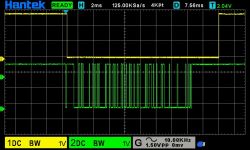
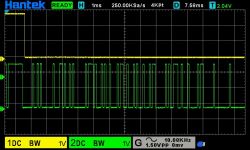
I couldn't guess the utility of this signal (maybe an acknowledgment sent from U8 to U3 when it receives serial communication?) so I went on with the analysis of Light_Signal:
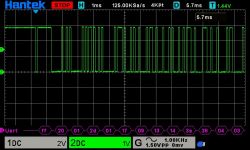
I wasn't very confident about the protocol decoding of the scope, so I connected Light_Signal to a serial to USB converter and got this (the hex file is also attached):
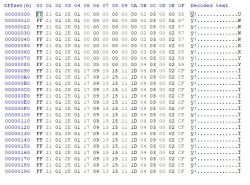
As you can see, it consists of a 16-byte array. The capture was done on power on, so the bunch of 00's at the beginning seem to be related to the period while the date and time hadn't yet been received from the NTP server. After some more captures and looking simultaneously at the display, I think:
- The 1st byte is a header (always FF)
- 2nd byte is related to the temperature
- 3rd is always 01 (?)
- 4th is related to the humidity
- 5th is always 01 (?)
- 6th to 11th to date-time, except for the 8th one that changed for a few seconds when the button was pressed (backlight)
- I couldn't guess the meaning of the rest of the bytes
It would be interesting to fully decode this protocol if we wanted to get rid of the Tuya MCU and control U8 directly from the module, but I don't think it's worth the effort...



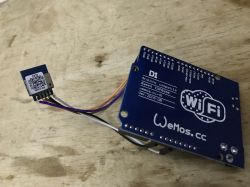
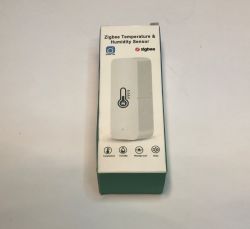
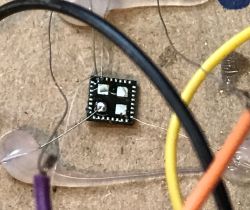








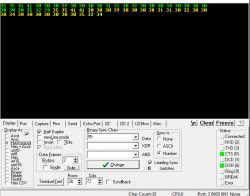
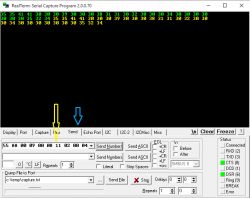
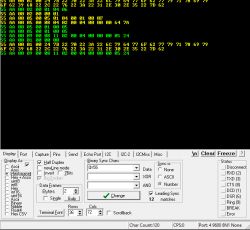
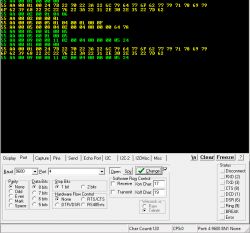
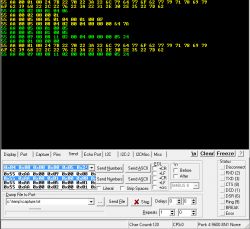
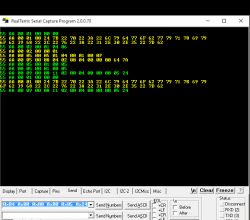
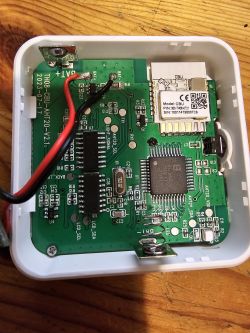
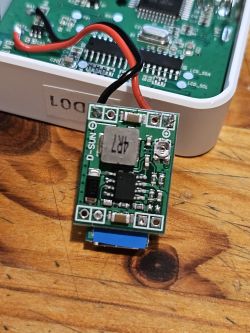
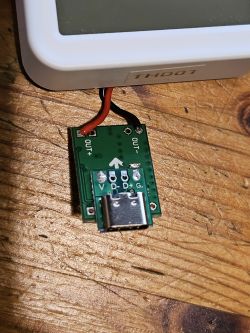
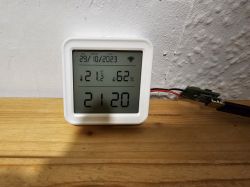
![[BK7231N ] Teardown of TH08 LCD Calendar/clock/temperature/humidity, 3xAAA battery, backlight [BK7231N ] Teardown of TH08 LCD Calendar/clock/temperature/humidity, 3xAAA battery, backlight](https://obrazki.elektroda.pl/3929668200_1698821133_thumb.jpg)
